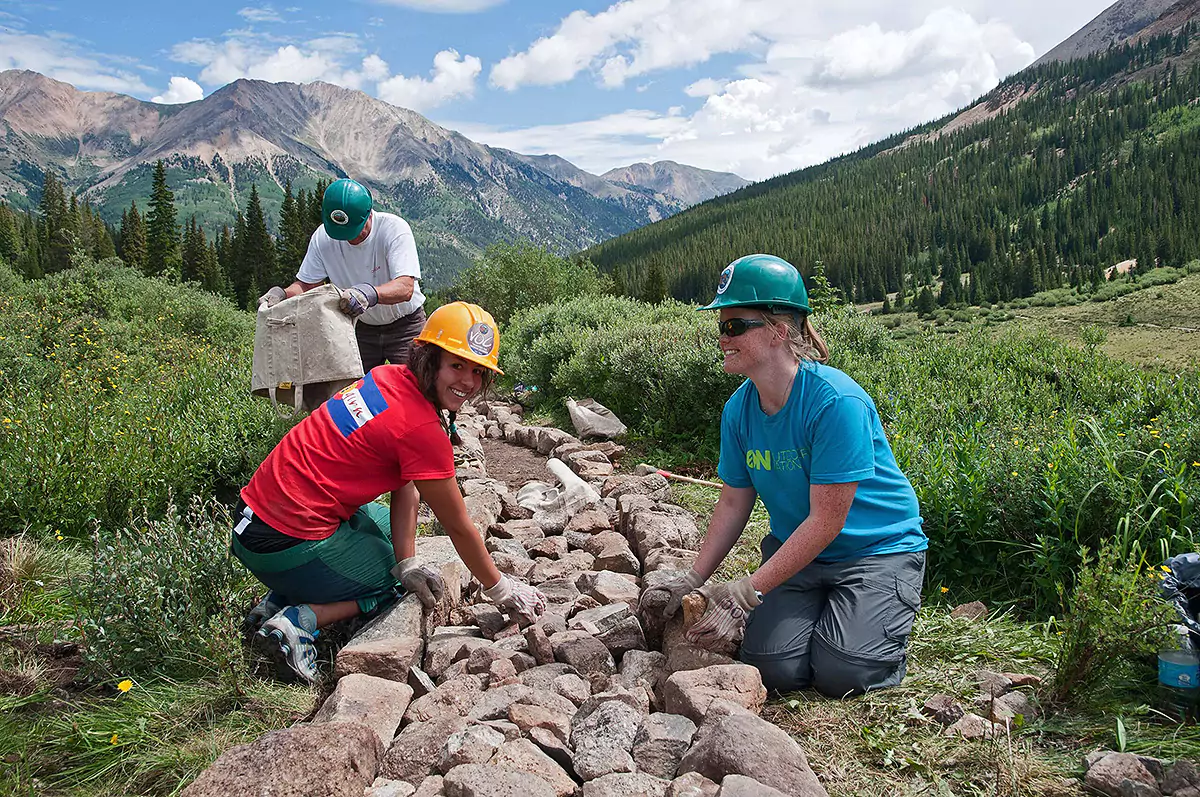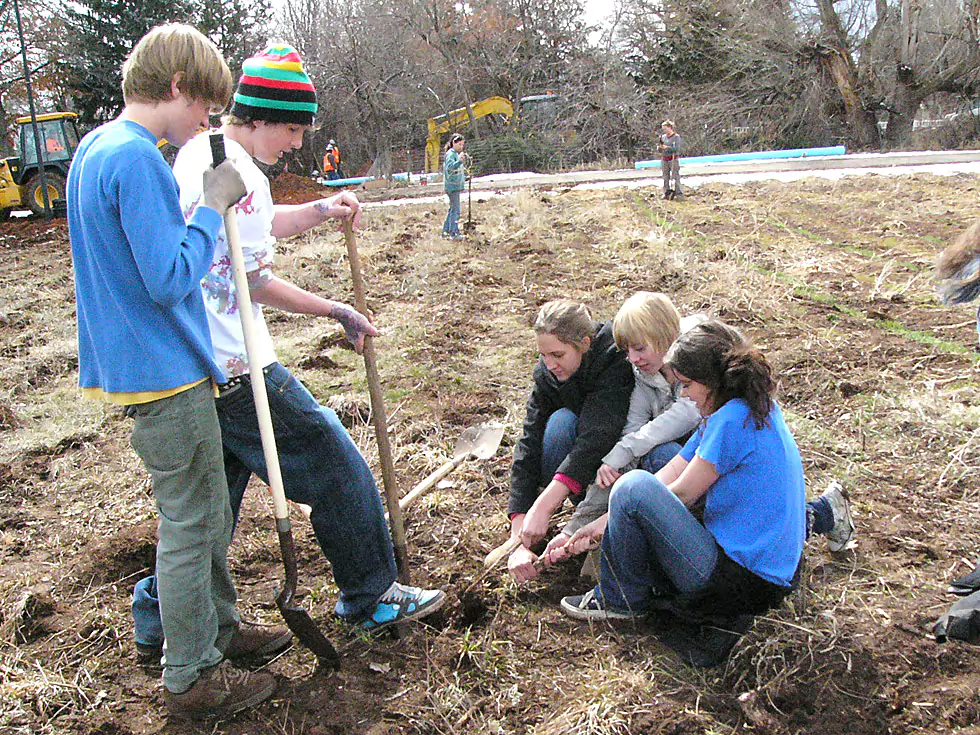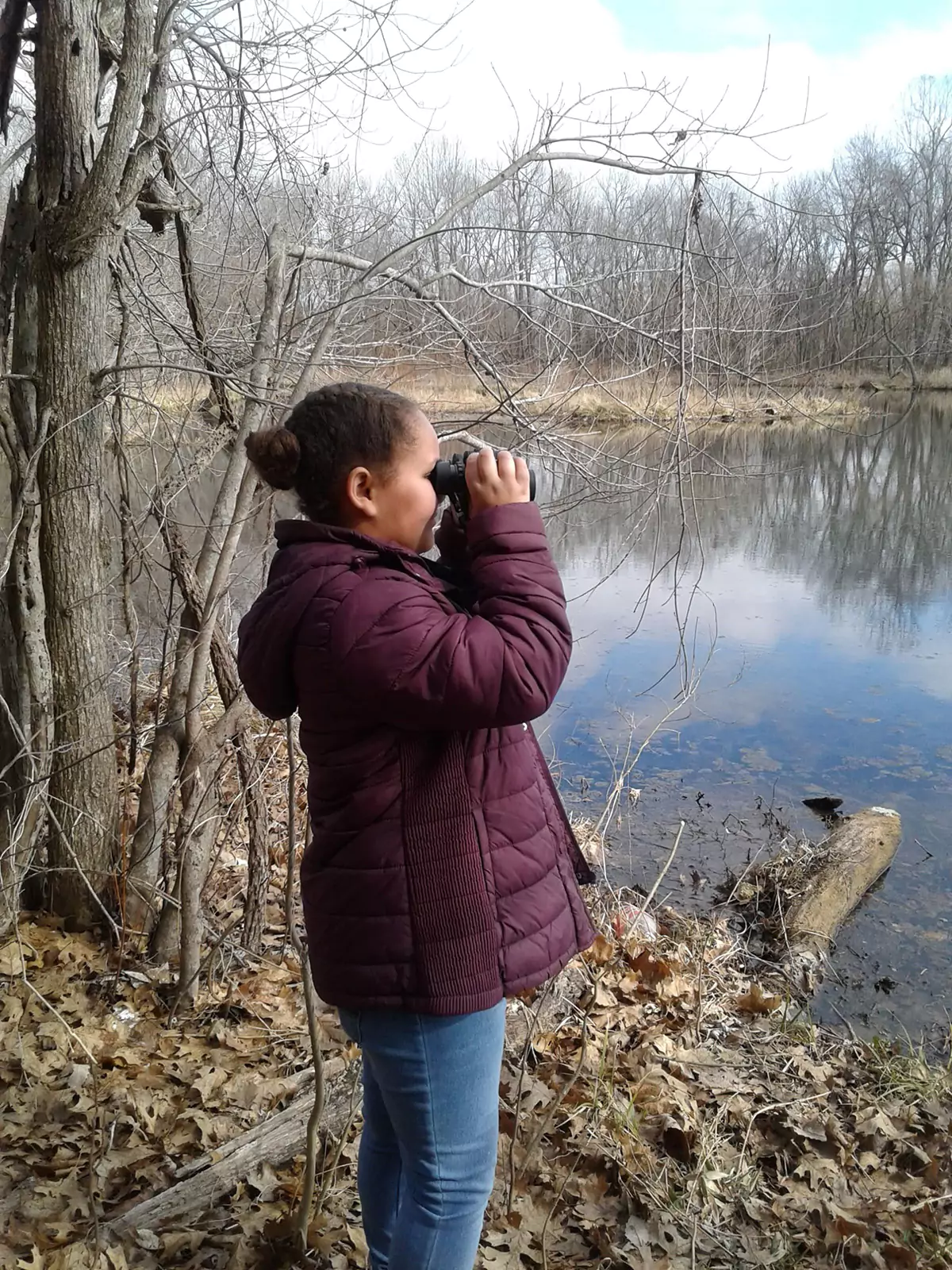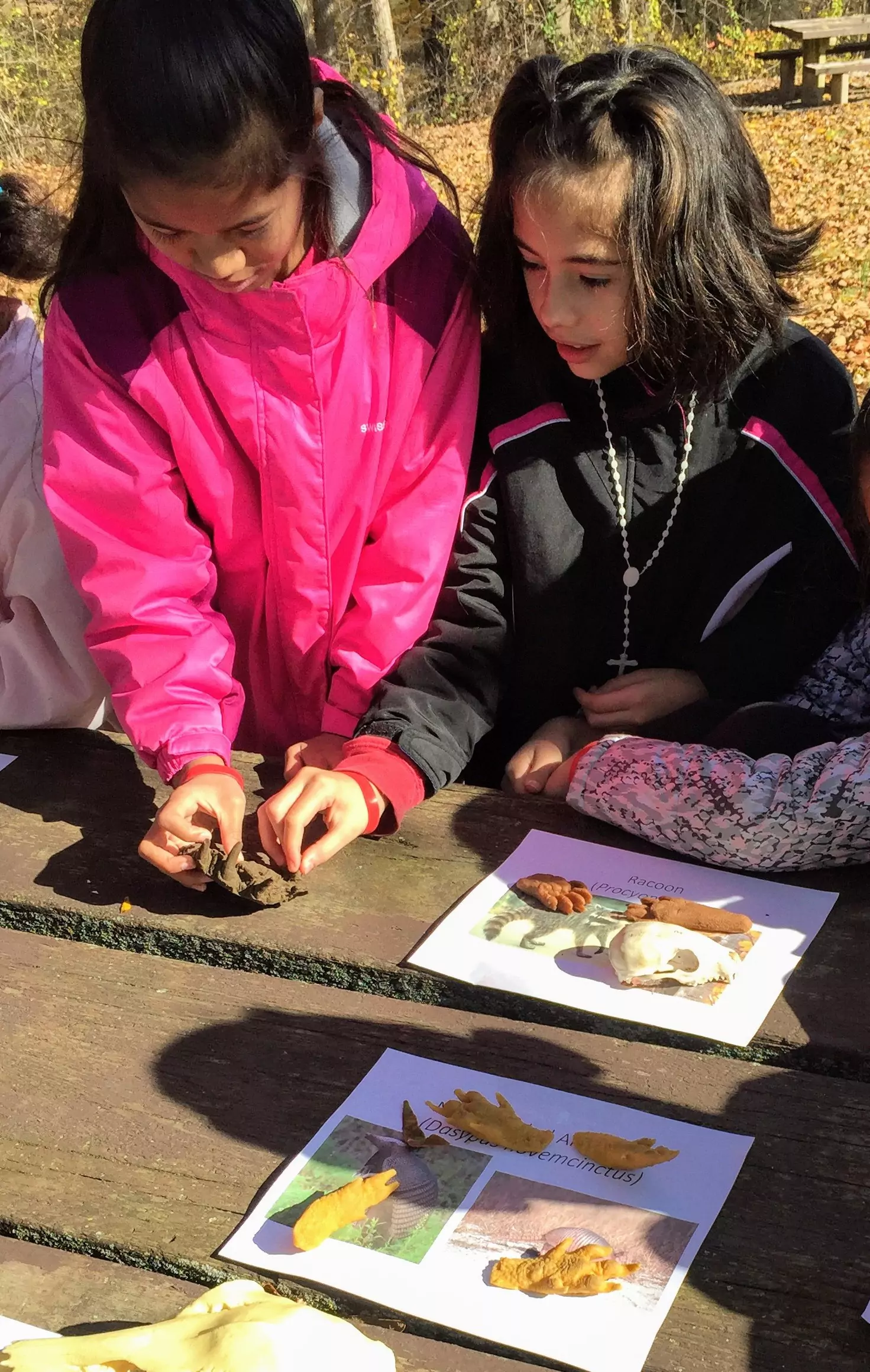By Sarah Bodor
Research shows that children who spend more time outdoors develop better social and emotional learning skills. A strong connection to nature leads to higher levels of social competence, emotional regulation, and behaviour management among kids.
Despite that, many North American children do not spend enough time outdoors. The National Wildlife Federation reports that each day, children spend an average of only four to seven minutes in unstructured outdoor play; compared to more than seven hours in front of digital devices. This has implications for children’s physical health, social development, and cognitive abilities. By encouraging outdoor learning experiences, we can help children reclaim some of that time lost to screens. As a result, they will foster a deeper connection to their education and the natural world.

Outdoor Connections
To promote increased connection with the outdoors, the North American Association for Environmental Education (NAAEE) Affiliate Network launched the Outside for 5 campaign. The campaign centers around small, manageable steps that everyone can take to increase outdoor time. With just five minutes of daily outdoor activity, educators, parents, and students can gradually build routines that promote longer and more frequent nature experiences. Regular outdoor activities provide a much-needed break from the stresses of the classroom. Hence, it allows children to engage in environmental learning, unstructured play, explore their surroundings, and build resilience.
As the structure of the school day ends with the summer, the opportunity to facilitate connection to the outdoors looks different. This is why summer is the perfect time for less structured, more open-ended, and imaginative activities.

What Can You Do?
Here are some strategies to help you and the children in your life incorporate more outdoor time into your daily routines:
- Establish regular outdoor activities, such as morning walks, after-dinner strolls, or weekend hikes. These rituals can become cherished traditions and provide consistent opportunities for nature exposure.
- Utilize community resources like parks, nature trails, and playgrounds.
- Allow children to engage in unstructured play, where they can use their imagination and creativity. This type of play is crucial for developing STEM skills, improving problem-solving abilities and fostering independence.
- Engage in simple activities like gardening, bird watching, or picnics to seamlessly integrate nature into their everyday life. These activities do not require extensive planning and can be easily adapted to fit various schedules.
- Set clear limits on screen time. Use screen time as a reward for spending time outside. It reinforces the habit of choosing nature over screens.



Benefits Are Endless
Additionally, we encourage teachers to prioritize spending time outdoors this summer to refresh, recharge, reconnect and restore their attention. These outdoor experiences can inspire new ideas and energy for the upcoming school year.
By encouraging five minutes of outdoor time a day, they can reap the numerous benefits associated with nature exposure, from enhanced social-emotional skills to better mental health. The Outside for 5 campaign is a timely reminder of the importance of reconnecting with nature, even after the final school bell rings. So this summer, let’s embrace the outdoors, reduce screen time, and foster a love for nature that will last a lifetime.
Sources:
1. “Nature is an important part of adolescents’ leisure time experiences and everyday well-being”
2. “Children with a strong connection to nature have higher social-emotional learning skills”
3. “Children need expanded opportunities for independence to support their mental well-being”
4. “Exposure to nature is linked to improved social health”
5. Connecting Kids and Nature
Sarah Bodor is the Senior Director of Capacity Building at North American Association for Environmental Education.

